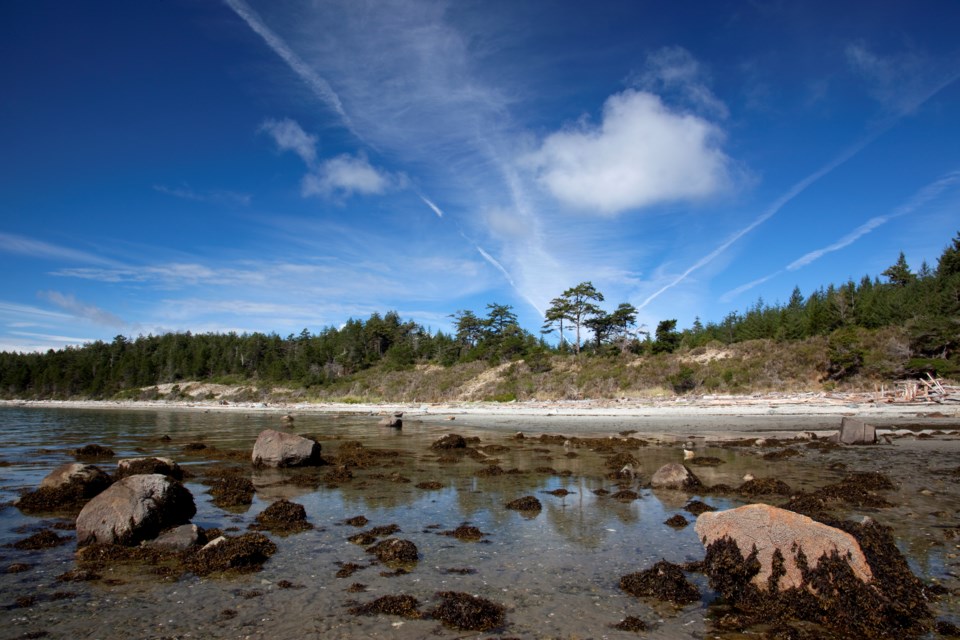qathet Regional District’s (qRD) board of directors will consider continuing its membership in the green shores for local government working group in 2024.
At the October 4 planning committee meeting, directors heard a presentation from DG Blair, green shores senior technical advisor with the Stewardship Centre for BC, regarding the program.
Blair said green shores is a framework for designing and applying nature-based approaches to shoreline management.
“It focuses on best management practices that are sustainable and that restore or enhance shorelines in both coastal and lake settings,” said Blair. “It is intended to help communities adapt to climate change, fostering healthy shoreline ecologies that ultimately benefit human well-being.
“This is supported by current research. Nature-based approaches do help communities to become more resilient to threats of climate change.”
Blair said overall, green shores promotes better understanding of the importance of healthy shorelines, because ultimately, people protect what they know and love.
She said that the program wants to preserve or restore shoreline physical processes, maintain or enhance habitat function and diversity along the shoreline, prevent or reduce pollutants entering the aquatic environment and avoiding or reducing cumulative impacts.
“All green shores-verified projects must meet all these guiding principles,” said Blair.
She said there are some examples on Savary Island where green shores projects have been carried out. She said when a workshop was held on Savary this past August, participants identified the ecosystem services, access, recreation, food security, Indigenous values, and threats such as development, climate change, sea level rise and storm surge, loss of vegetation and pollution.
Participating in green shores can help qRD demonstrate leadership in climate change resilience and adaptation planning, meet biodiversity and emissions goals, can protect and restore essential habitat, provide educational training for government staff and property owners, and offer more cost-efficient shoreline development options, according to Blair.
Electoral Area B director Mark Gisborne asked if there were grant opportunities available for people interested in green shores. Blair said green shores is working with the province on an incentive project to offer small grants to property owners. She said, however, it is in the pilot stage for Vancouver Island. She said the incentives are modest.
“Although we don’t have anything right now that we can offer, we are moving in that direction,” said Blair.
Electoral Area A director and planning committee chair Jason Lennox, who has taken the level one training, said he totally enjoyed the full day.
After Blair’s presentation, directors considered a recommendation to continue its membership with the green shores for local government working group.
Manager of planning services Laura Roddan said the learning by staff has been part of the local government working group. She said the information is shared with every property owner that contacts the regional district, whether they are purchasing a waterfront property or own a waterfront property and are looking to develop along the shoreline.
“We are now able to promote best practices and we have a lot of information for the public on the website,” said Roddan.
The planning committee recommended the board continue its membership in green shores. According to a staff report, qRD has been a member of the local working group since 2014. Membership is $5,000 per year.
Join the Peak's email list for the top headlines right in your inbox Monday to Friday:prpeak.com/account/mailinglist.


